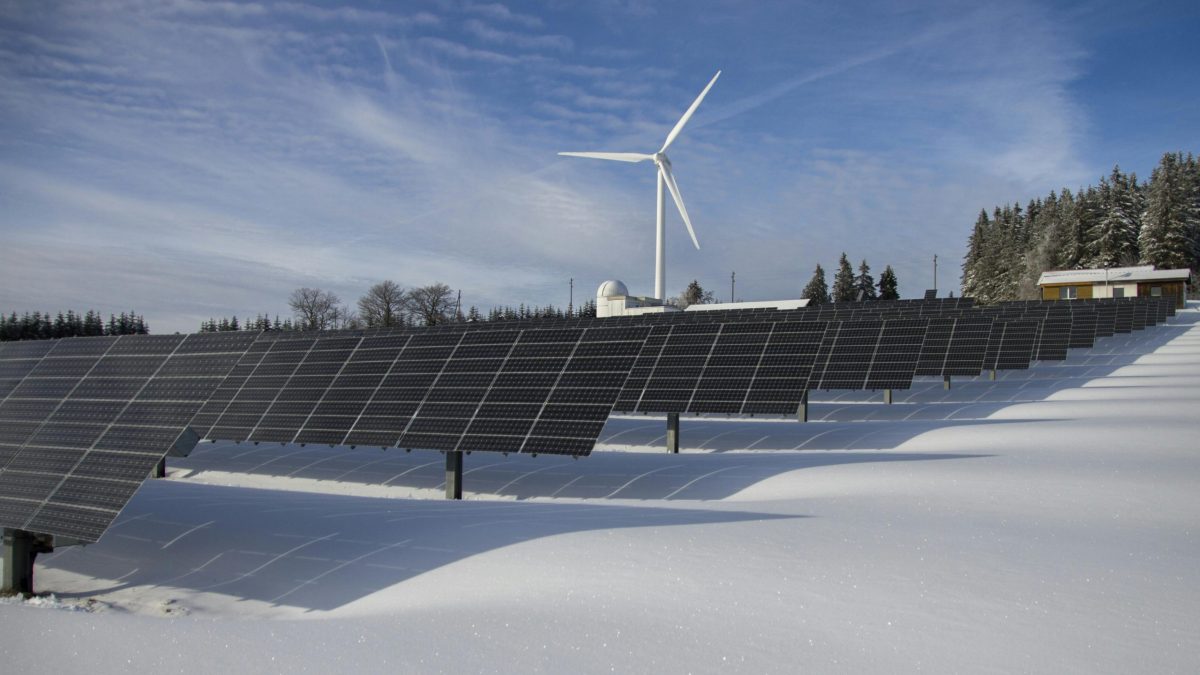A Brief Overview of Environmental Protection
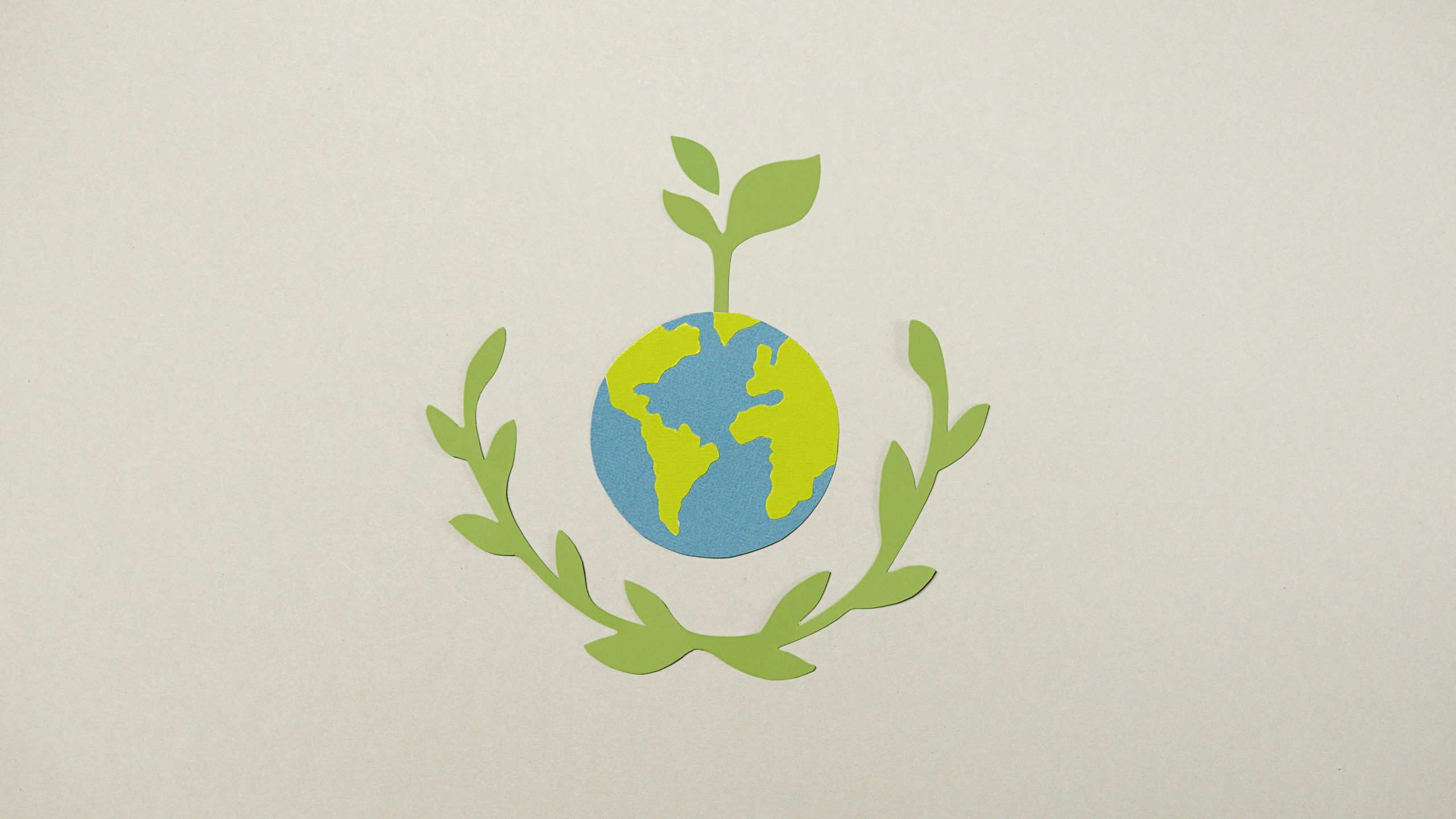
In the modern world, where pollution, deforestation, and climate change pose serious threats to our planet, it is imperative that we recognize the significance of environmental conservation. These challenges not only affect natural habitats but also impact human health and the global economy, making it imperative for us to act. Education plays a pivotal role in fostering a sustainable future, equipping the next generation with the knowledge and skills needed to protect our environment. By instilling a sense of responsibility and teaching practical ways to conserve, we can empower children to make a difference. The journey towards a greener planet begins with awareness and education, leading us towards a more sustainable and prosperous future for all.
Teaching Children About Environmental Conservation
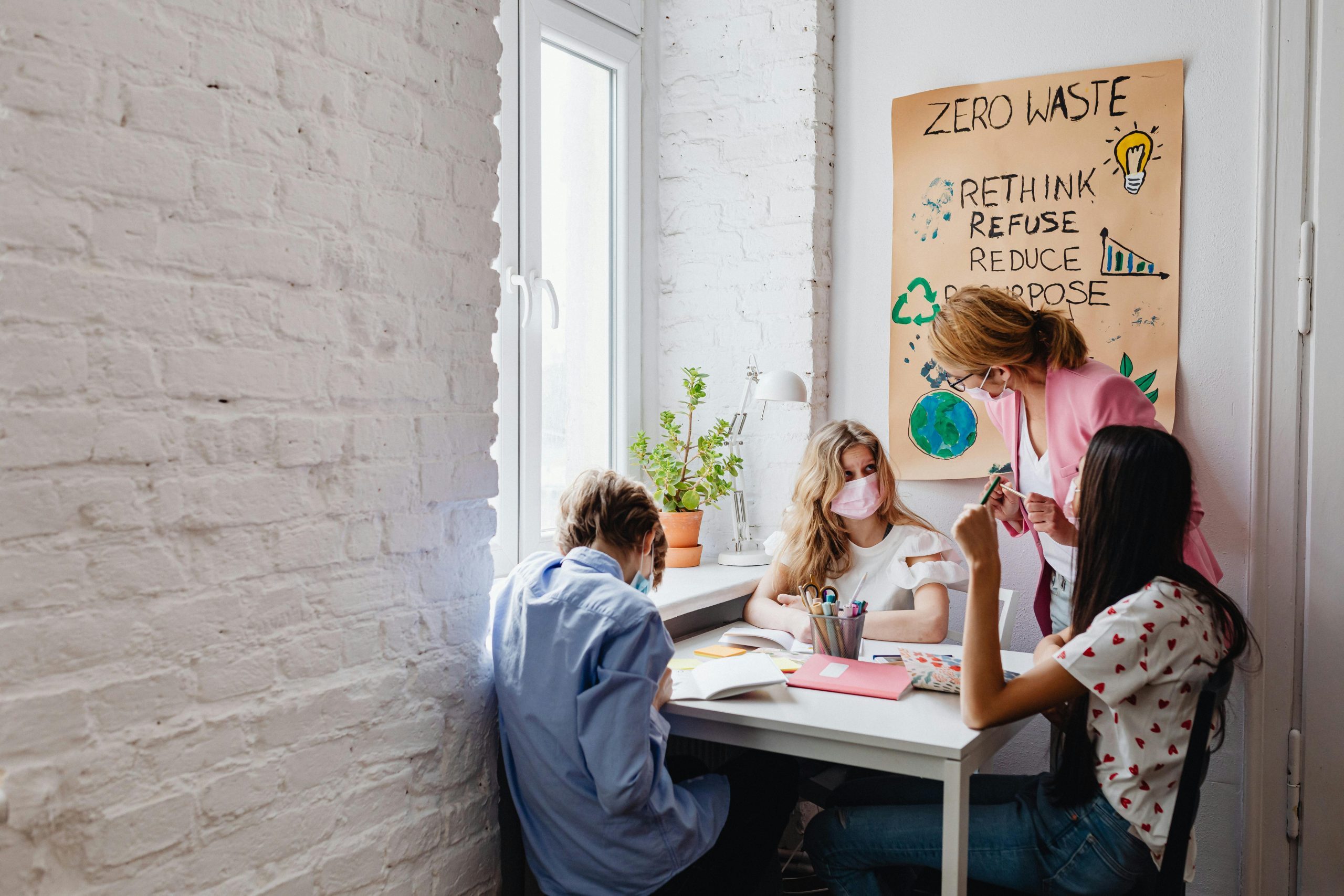
Simplifying Complex Environmental Issues for Children
- Breaking down complex environmental issues into bite-sized, understandable pieces is key. Children are naturally curious, eager to learn about the world around them.
- By using simple language and relatable examples, we can make topics like climate change and biodiversity loss accessible.
- It’s about connecting these issues to their daily lives, showing how their actions can make a difference.
Incorporating Environmental Education in School Curriculums
- Integrating environmental education into school curriculums is essential. This approach ensures that every child gets the opportunity to learn about environmental conservation, regardless of their background.
- Subjects like science and geography offer perfect platforms to introduce these concepts, weaving them into the fabric of everyday learning.
- It’s not just about adding another subject but enriching existing ones with real-world context.
Utilizing Interactive and Engaging Methods to Teach Children
- Active learning is the best way for children to learn. Interactive methods including hands-on experiments, outdoor excursions, and multimedia tools help bring environmental issues to life.
- These activities not only make learning interesting but also help children realize the impact of their actions.
- By creating a relationship with nature via experiential learning, we may inspire a lifelong dedication to environmental conservation.
Understanding the concept of environmental protection at an early age builds the foundation for a sustainable future. It’s about stimulating curiosity, cultivating empathy for our planet, and empowering youngsters with the knowledge to make a difference. Through simplified explanations, curriculum integration, and engaging teaching approaches, we may create a generation that values and protects our environment.
The Role of Parents and Guardians in Environmental Education
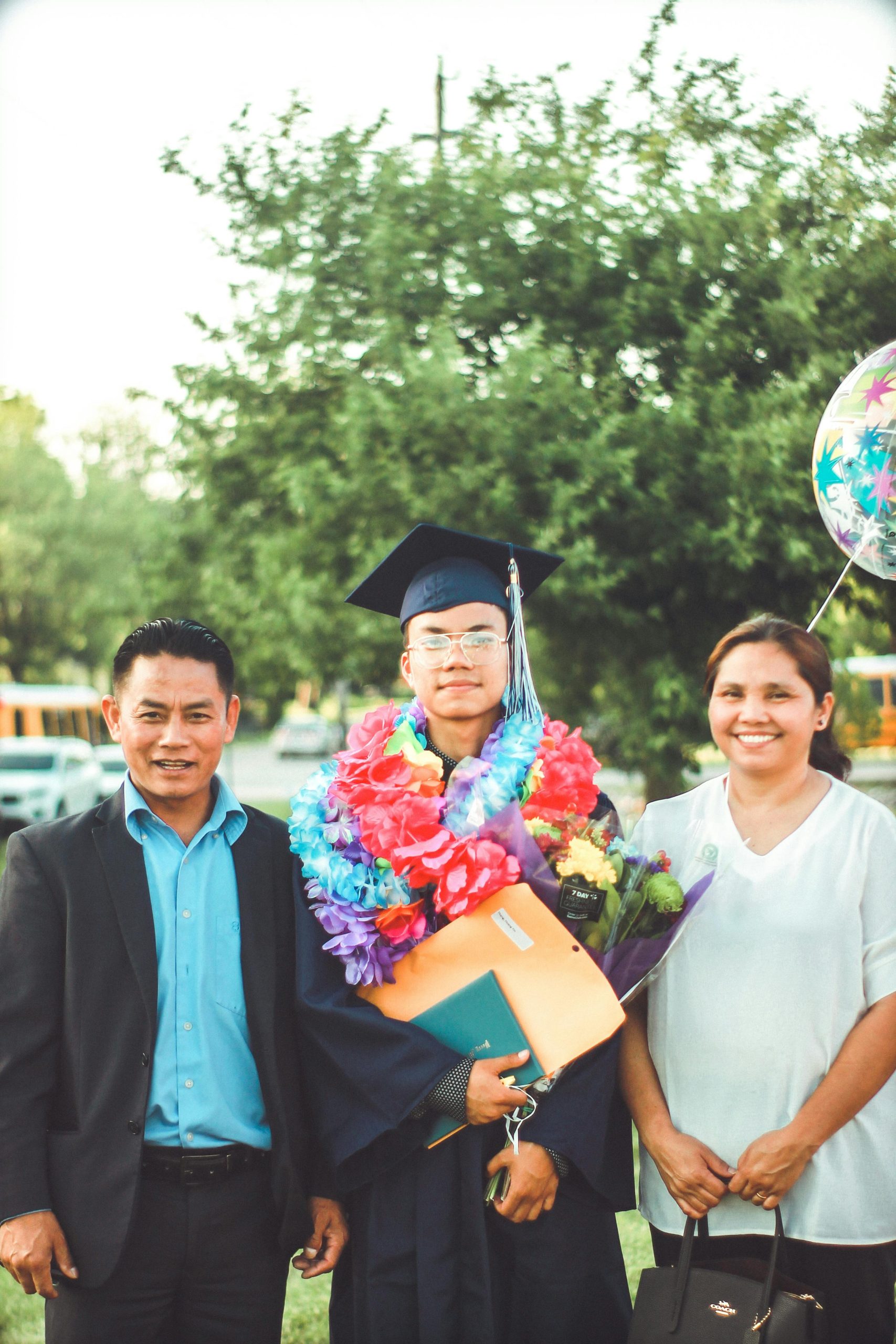
Parents and guardians play a vital role in environmental education, serving as the first and most important teachers of sustainable living. Leading by example, people can embrace sustainable behaviors at home, demonstrating the importance of preserving resources and maintaining our world. Simple activities like lowering water usage, purchasing energy-efficient appliances, and eliminating waste send powerful messages about the significance of sustainability.
- Encouraging curiosity about the natural world is another crucial aspect. When youngsters ask questions about nature and the environment, careful answers can ignite a lifelong interest in conservation.
- Practical activities that parents and children may do together, such as:
- Gardening, teaches about the cycles of life and the necessity of biodiversity.
- Recycling and composting show how trash can be reduced and resources repurposed.
- Energy conservation efforts, such as turning off lights when not in use and using public transport, underline the necessity of decreasing our carbon impact.
These activities not only teach but also empower youngsters, showing them that their actions have an influence. By integrating these practices into daily life, parents and guardians can help nurture a generation that appreciates and actively engages in environmental conservation. For additional information on how to engage in these activities, the Australian Government Department of Agriculture, Water and the Environment offers tools and ideas for families wishing to live more sustainably.
Ultimately, the march towards a more sustainable future begins at home. Through leading by example, stimulating inquiry, and engaging in practical activities, parents and guardians can establish the basis for a lifetime of environmental stewardship. It’s about making environmental education a part of everyday life, ensuring that the next generation is ready and prepared to take on the difficulties of maintaining our world.
Incorporating Environmental Conservation into Daily Routines
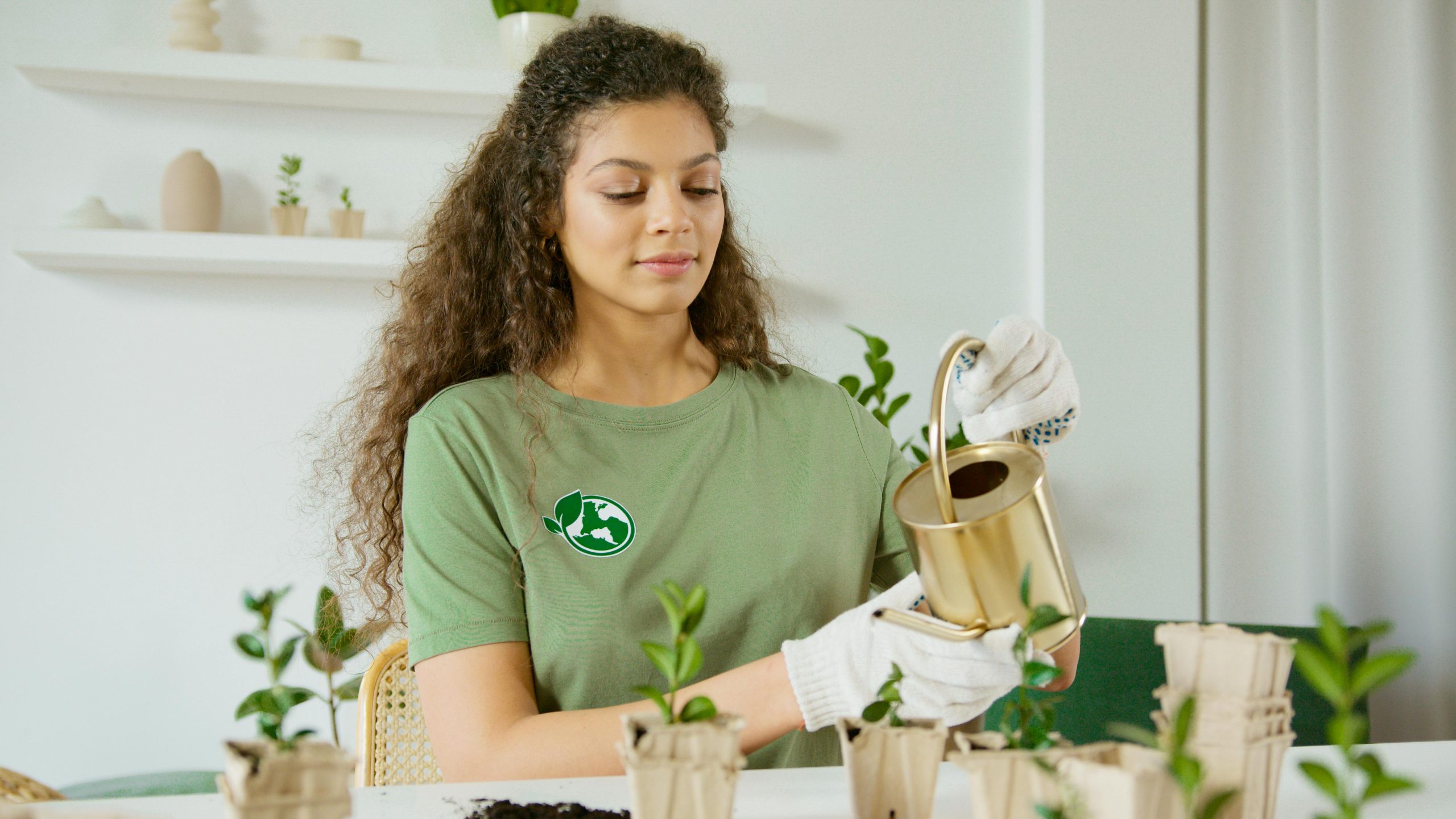
Embedding environmental protection into our daily life is simpler than it might appear. It starts with little, doable activities that, combined, can build to substantial results. Reducing trash, conserving water, and saving energy are core behaviors that can be easily embraced. These acts not only save our planet’s resources but also teach critical lessons about sustainability.
Choosing to walk or bike instead of driving is another strong method to make sustainability a part of everyday decisions. This choice not only saves carbon emissions but also promotes a healthy lifestyle. Encouraging children to engage in these decisions promotes a sense of responsibility and empowerment, showing them that their actions have a direct impact on the environment.
Community involvement offers a broader platform for environmental conservation. Participating in neighborhood clean-up efforts and tree planting activities not only beautifies our surroundings but also instills a sense of community and communal responsibility. These activities provide hands-on experiences that are both informative and rewarding, stressing the significance of working together to safeguard our world.
By integrating these simple activities into our everyday routines, we may make a huge effect in the health of our environment. It’s about making intentional decisions that help our planet, teaching our children the concept of stewardship, and leading by example. Together, we can develop a culture of sustainability that will continue for decades to come.
The Power of Storytelling in Environmental Education
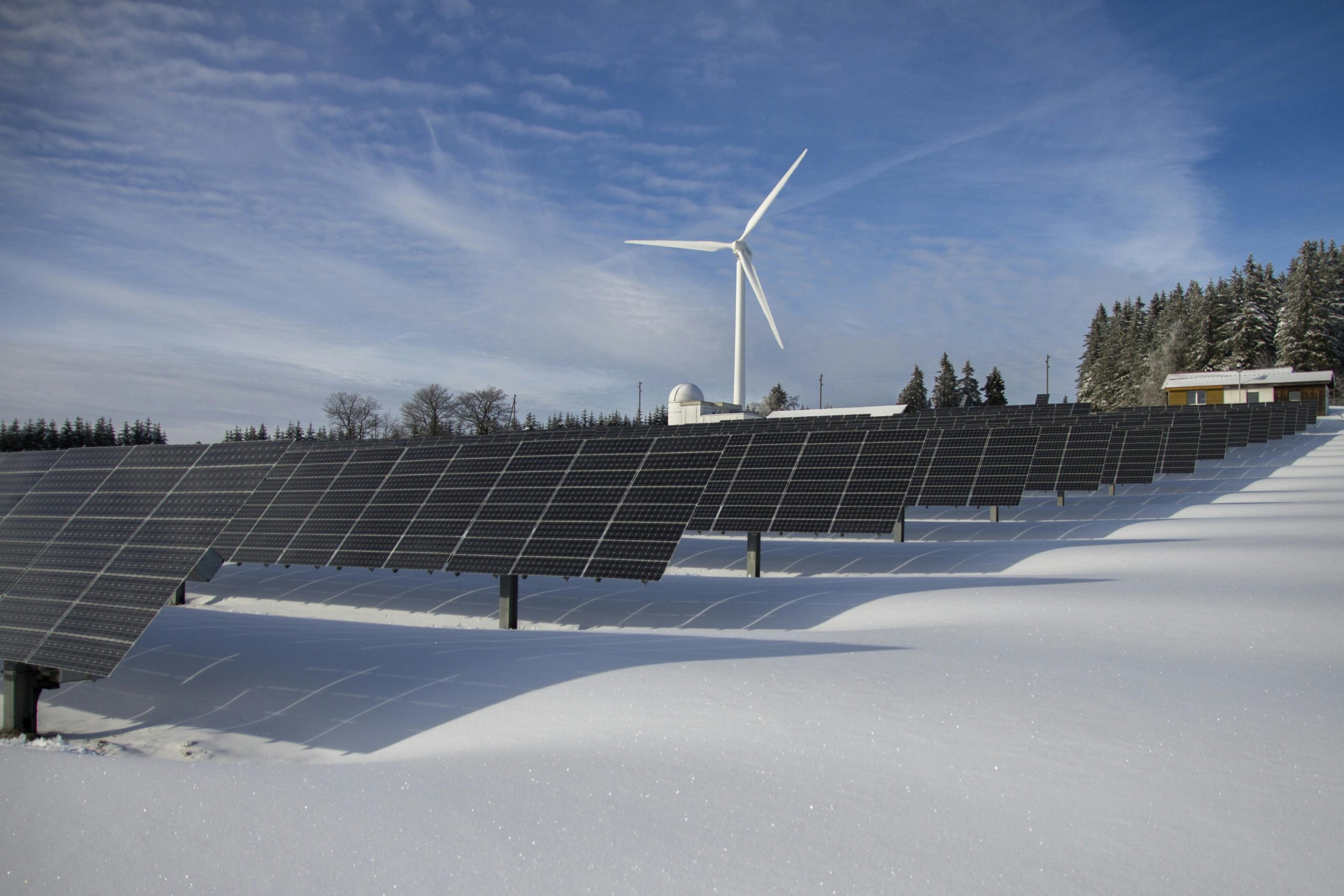
Storytelling is a tremendous tool in environmental education, capturing young minds and sowing the seeds of conservation. Books and stories that stress the necessity of conserving our world can motivate children to become stewards of the environment. These narratives generally involve relatable characters and fascinating scenarios, making the concept of conservation accessible and captivating.
- Movies and documentaries significantly enrich this learning experience, visually showing the beauty of nature alongside the urgent environmental concerns it faces. They show real-world issues and answers, helping youngsters comprehend the influence of human actions on the globe.
- Encouraging youngsters to share their personal experiences with nature builds a deeper connection to the environment. Creating personal narratives encourages them to reflect on their experiences with the natural world, reaffirming the necessity of conservation activities.
Through books, films, and personal histories, storytelling becomes a potent medium for environmental education. It not only informs but also motivates action, providing children with the knowledge and motivation to defend our world. Engaging young brains in this way cultivates a generation committed to sustainability and conservation.
Empowering Children to Be Agents of Change
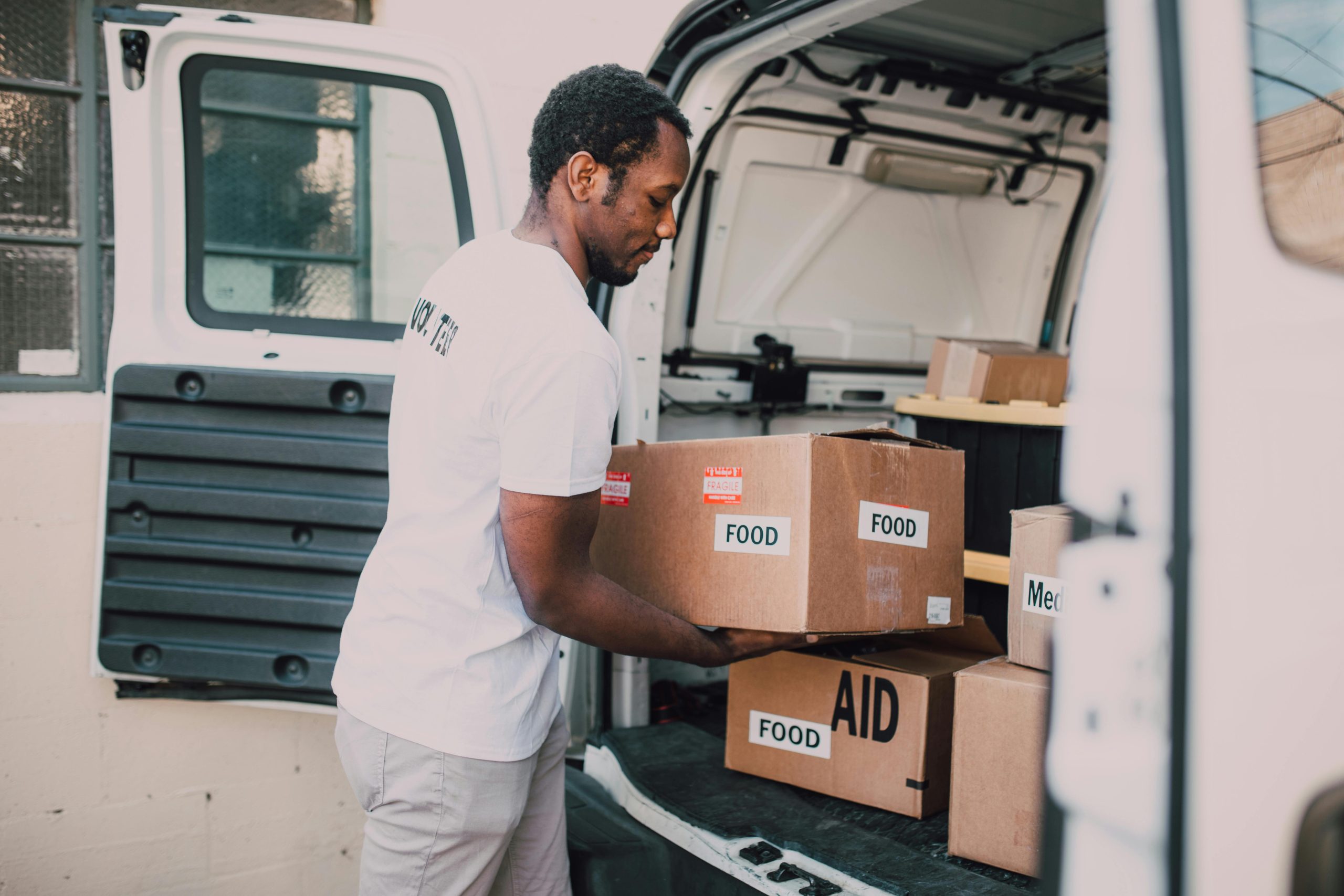
Empowering children to be agents of change in environmental protection is a key step towards a sustainable future. By promoting critical thinking about environmental issues, we establish the framework for a generation that not only recognizes the challenges but feels equipped to handle them. Critical thinking promotes a deeper understanding and a personal connection to the environment, making the challenges more real and important.
- Fostering a sense of responsibility and empowerment in youngsters is equally vital. When individuals recognize their capacity to make a difference, even through little, everyday activities, it instills a profound sense of agency.
- Highlighting examples of young environmental activists and their impact serves as a potent motivation. Stories of peers who have made substantial contributions to environmental protection might motivate and galvanize others to take action.
Together, these ideas establish a comprehensive foundation for empowering children as agents of change. By encouraging critical thinking, fostering a sense of responsibility, and showcasing inspirational instances, we may inspire a generation ready and eager to defend our world. This method not only enriches their understanding of environmental protection but also prepares them with the confidence and knowledge to make a difference.
In Conclusion
Empowering the next generation begins with environmental education. This voyage enhances life, developing a profound, personal connection to our earth. Through simplified explanations, engaging teaching methods, and the power of narrative, we assist youngsters towards being ethical stewards of the Earth. These efforts, together with daily sustainable activities, prepare children to address environmental concerns with knowledge and action. Let us commit to developing a culture of sustainability, empowering youngsters to carry forward the legacy of conservation.
Teaching Children About Environmental Conservation FAQs
Start by explaining the importance of recycling in reducing waste and conserving resources. Show them how to sort recyclables from trash in your home and take them to a recycling center to see the process firsthand. This hands-on approach makes the concept of recycling more tangible and understandable for children.
Schools can integrate environmental education into their curriculum through subjects like science and geography. They can also implement sustainable practices, such as reducing paper use and promoting recycling programs. This not only educates students about conservation but also demonstrates how institutions can lead by example.
Storytelling can introduce children to conservation concepts through engaging narratives that highlight the importance of protecting the environment. Characters and plots that focus on environmental challenges and solutions can inspire children to think about their own impact on the planet. This method makes the topic more relatable and memorable for young audiences.
Technology offers interactive and engaging tools, such as educational apps and online games focused on environmental themes. These resources can make learning about conservation more accessible and enjoyable for children. Additionally, documentaries and virtual tours can provide insights into global environmental issues and conservation efforts.
Activities like planting trees, cleaning up local parks, and participating in wildlife conservation projects can be educational and fun. These activities provide practical experience in caring for the environment and teach children the impact of their actions. Engaging in these efforts helps instill a sense of responsibility and connection to the natural world.
Encourage children to use both sides of paper, to turn off lights when leaving a room, and to use reusable bags and containers. These simple actions are easy for children to adopt and make a tangible difference in conserving resources. They also help children understand that their actions, no matter how small, can have a positive impact on the environment.
Environmental conservation involves protecting natural resources and the environment to sustain health and biodiversity. It includes practices like recycling, energy conservation, and habitat preservation. These efforts ensure that future generations have access to clean air, water, and natural resources.
Parents are key in modeling eco-friendly behaviors and attitudes for their children. By practicing recycling, conserving water, and reducing energy use at home, parents can teach by example. This everyday exposure helps children understand the importance of conservation efforts in their own lives.
Early education on environmental conservation can shape a child’s attitudes and behaviors towards the environment for a lifetime. It helps them develop a sense of responsibility and stewardship towards the planet. Starting young ensures that conservation becomes a natural part of their lifestyle and decision-making process.
Water conservation is crucial because it helps preserve a limited resource for future generations. Teach children simple habits like turning off the tap while brushing their teeth and choosing drought-resistant plants for gardening. These practices help children understand their role in saving water and protecting the environment.

Jasmine Duque-Love is a mother of one and a practicing physiotherapist with a Phd in Physiotherapy

